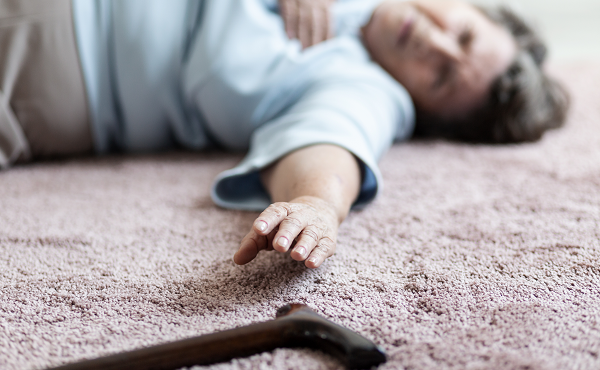Blog

16 Feb
How to Prevent Falls in the Home
- Strength and Balance Exercises. Lower body weakness and mobility problems are major risk factors for falls. Improve strength and balance with low-impact exercise and increased activity in general. You don’t necessarily need to leave your home to improve strength and balance. With your doctor’s approval, there are scores of online classes for older adults. Also, evaluate footwear for stable slip-proof shoes.
- Home Environment. If you aren’t comfortable evaluating the safety of your loved one's home, get an occupational therapy (OT) evaluation. An OT can make suggestions on grab bars in the bathroom, railings for stairs, toilet risers, and other accessibility additions. Investing in a chair lift can allow an older adult to safely go up and downstairs. Declutter and remove throw rugs which are a known fall risk hazard. If your loved one doesn’t have an emergency response system (ERS), get one right away. An ERS can mean the difference between life and death or severe disability after a fall.
- Lighting. Many falls occur at night or in poor lighting. Improve lighting from the bedroom to the bathroom. Brighter lights throughout the house can help minimize the risk of falling.



